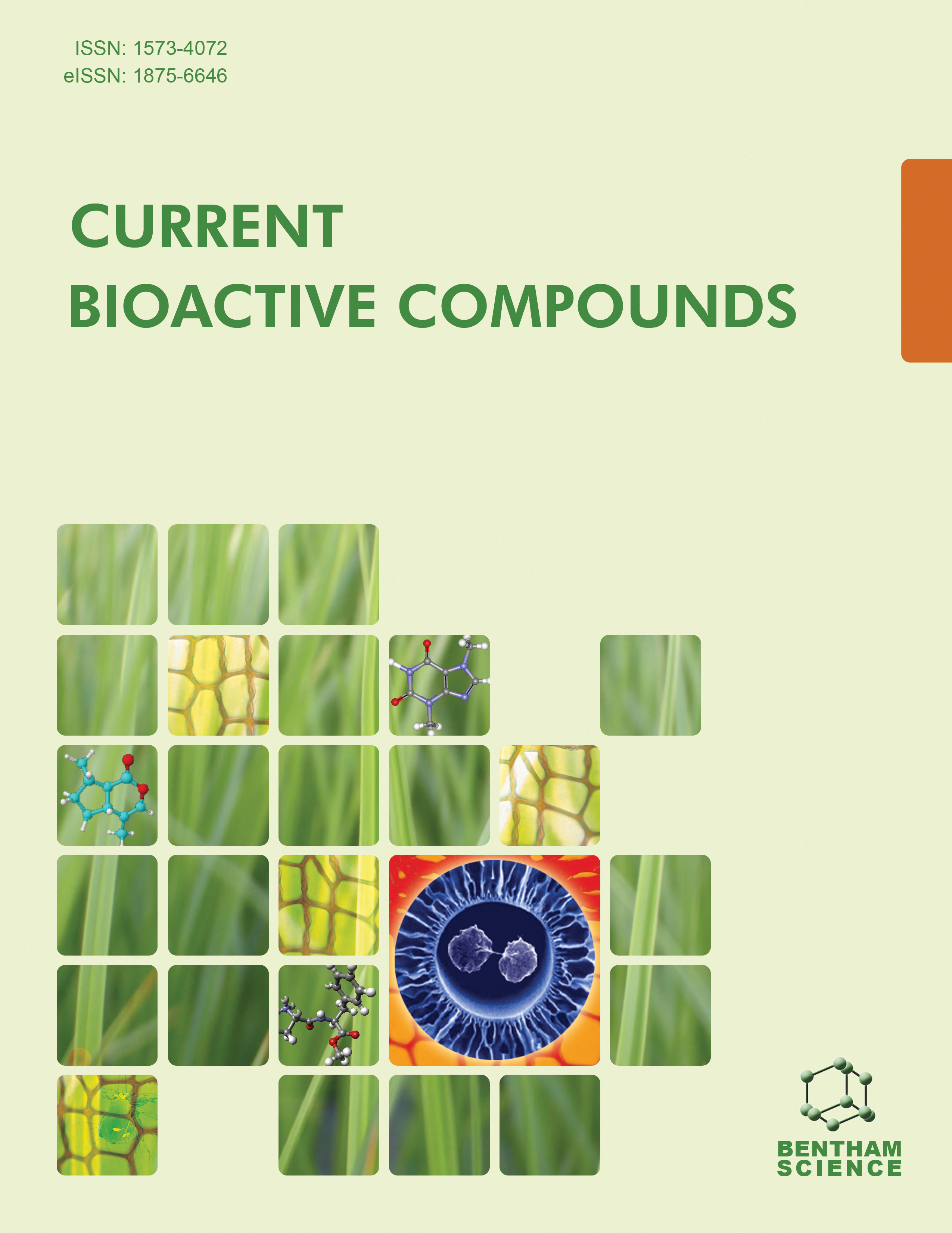-
oa Editorial [Hot topic: Advances in Therapy of Organophosphate Intoxication (Guest Editors: Carlo Santini and Maura Pellei)]
- Source: Current Bioactive Compounds, Volume 6, Issue 1, Mar 2010, p. 1 - 1
-
- 01 Mar 2010
- Previous Article
- Table of Contents
- Next Article
Abstract
Organophosphates (OPs) are still one of major classes of chemicals used in pesticide control worldwide. Through their widespread application, large human populations are continuously exposed to OPs. While this particularly holds for developing countries of the third world where a number of pesticide preparations banned in the West are still in use surprisingly high incidence of individuals with detectable levels of OP residuals in their blood was recently detected in some of worlds most developed countries. The continuous danger of massive OP exposure on the other hand comes from stockpiles of nerve gas warfare, soman, sarin, cyclosarin, tabun and VX, some of which originally developed as pesticides, proved to be overly toxic for that purpose. Irrespective of the intent of administration, exposure to high OP doses leads to states of acute OP intoxication. Therapy involving treatment with combination of atropine and nucleophylic oximes directed towards reactivation of OP inhibited acetylcholinesterase has been commonly used for about fifty years now. The efficiency of oximes in this treatment varies as diversity of OP structures modify acetylcholinesterase active center geometry in a compound specific manner differentially amenable to reactivation. The collection of articles gathered in this issue of CBC addresses specific therapeutic procedures in OP intoxication as well as molecular properties of variety of oximes, in an attempt to devise more efficient treatment of OP intoxication.


